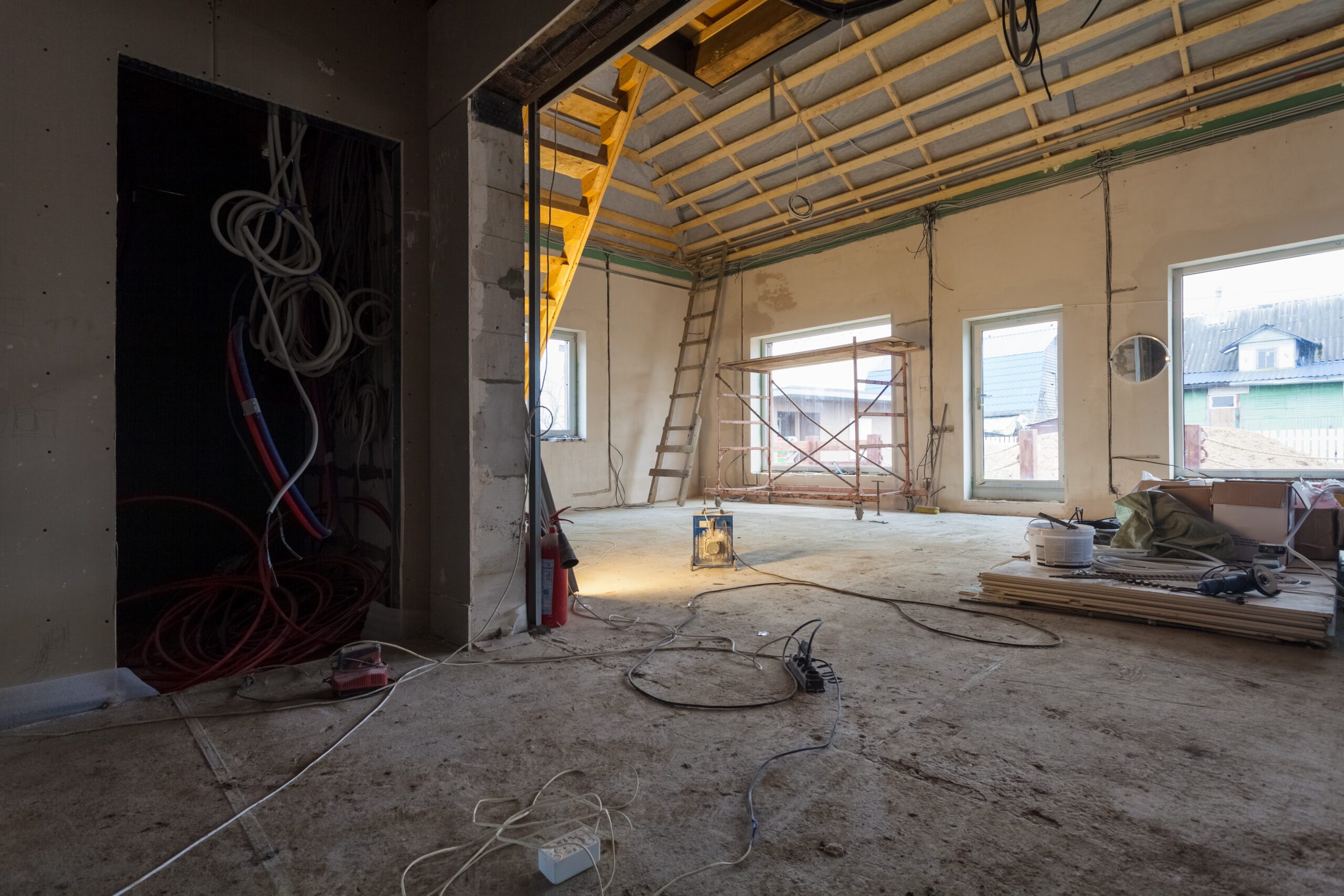When extending a property, it’s important to properly manage and dispose of the waste generated during the construction process. Here are some tips for splitting out your waste:
Plan ahead:
Before starting the project, determine what types of waste will be generated and estimate the quantities. This will help you arrange for the appropriate disposal methods and containers.
Separate waste streams:
Split your waste into different categories, such as:
- Recyclable materials (e.g., metal, cardboard, plastic, glass)
- Inert waste (e.g., concrete, bricks, tiles)
- Hazardous waste (e.g., asbestos, lead-based paint, solvents)
- General waste (e.g., non-recyclable and non-hazardous materials)
Use designated containers:
Provide separate containers or skips for each waste stream. Clearly label the containers to avoid confusion and contamination.
Recycle and reuse:
Maximise recycling and reuse opportunities. Salvage materials like doors, windows, and fixtures for reuse or donation. Send recyclable materials to the appropriate recycling facilities, or hire skips.
Handle hazardous waste properly:
Identify and separate hazardous waste, such as asbestos or lead-based paint. Engage licensed professionals for safe removal and disposal according to regulations.
Work with waste management providers:
Partner with reputable waste management companies such as Baileys Skip Hire & Recycling that can provide the necessary containers, collection services, and disposal options for your specific waste streams.
Educate your workers:
Ensure that all workers on-site are aware of the waste management plan and proper disposal procedures. Provide training and guidance to promote compliance.
Keep records:
Maintain records of waste disposal, including the types and quantities of waste generated, disposal dates, and the facilities used. This documentation may be required for legal compliance and can help track your waste management efforts. This will not be applicable for everyone.
Consider deconstruction:
If applicable, consider deconstruction instead of demolition. Deconstruction involves carefully dismantling building components for reuse or recycling, minimising waste generation.
Continuously monitor and improve:
Regularly monitor your waste management practices and look for opportunities to improve efficiency, increase recycling, and minimise waste generation.




